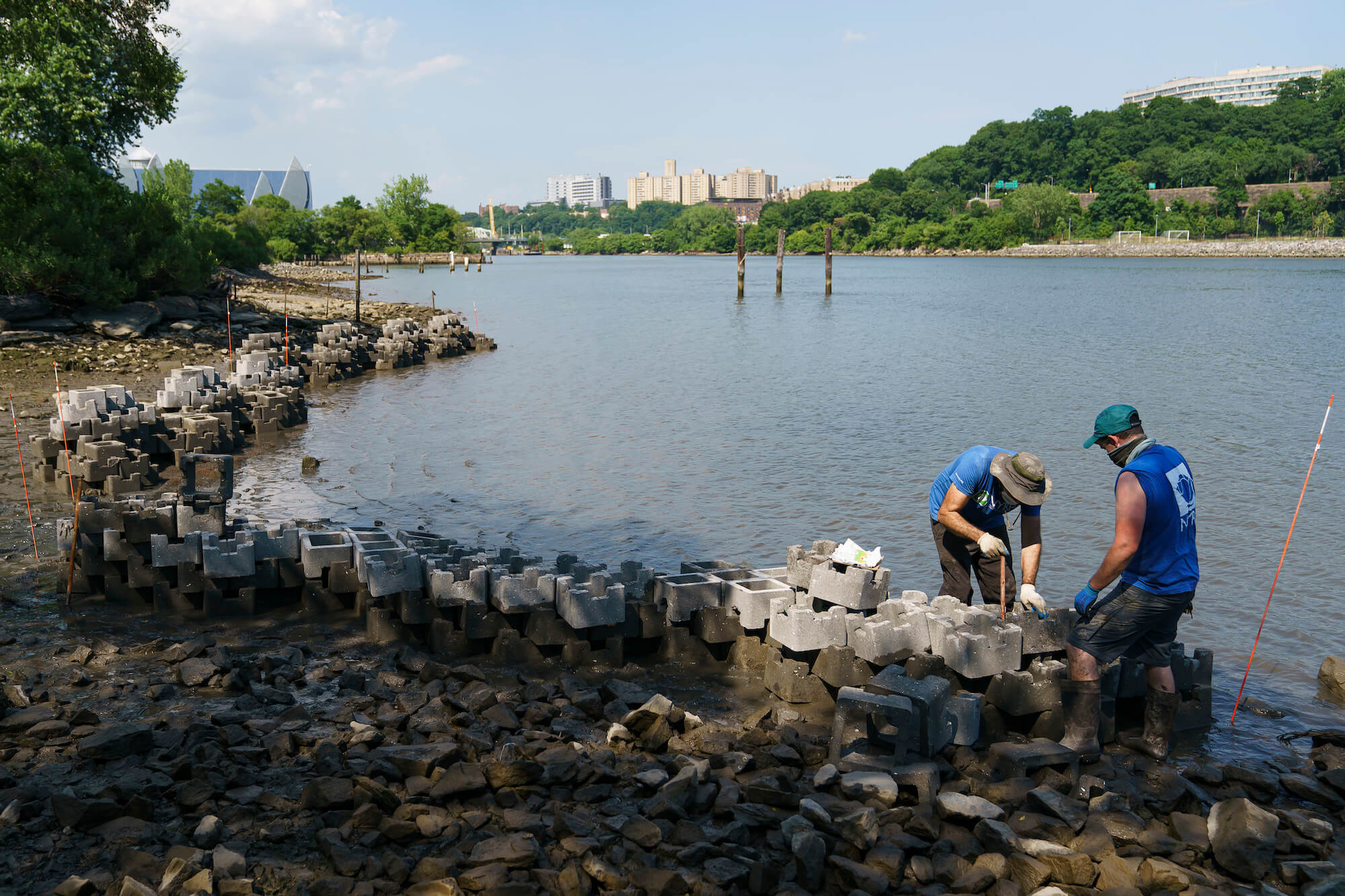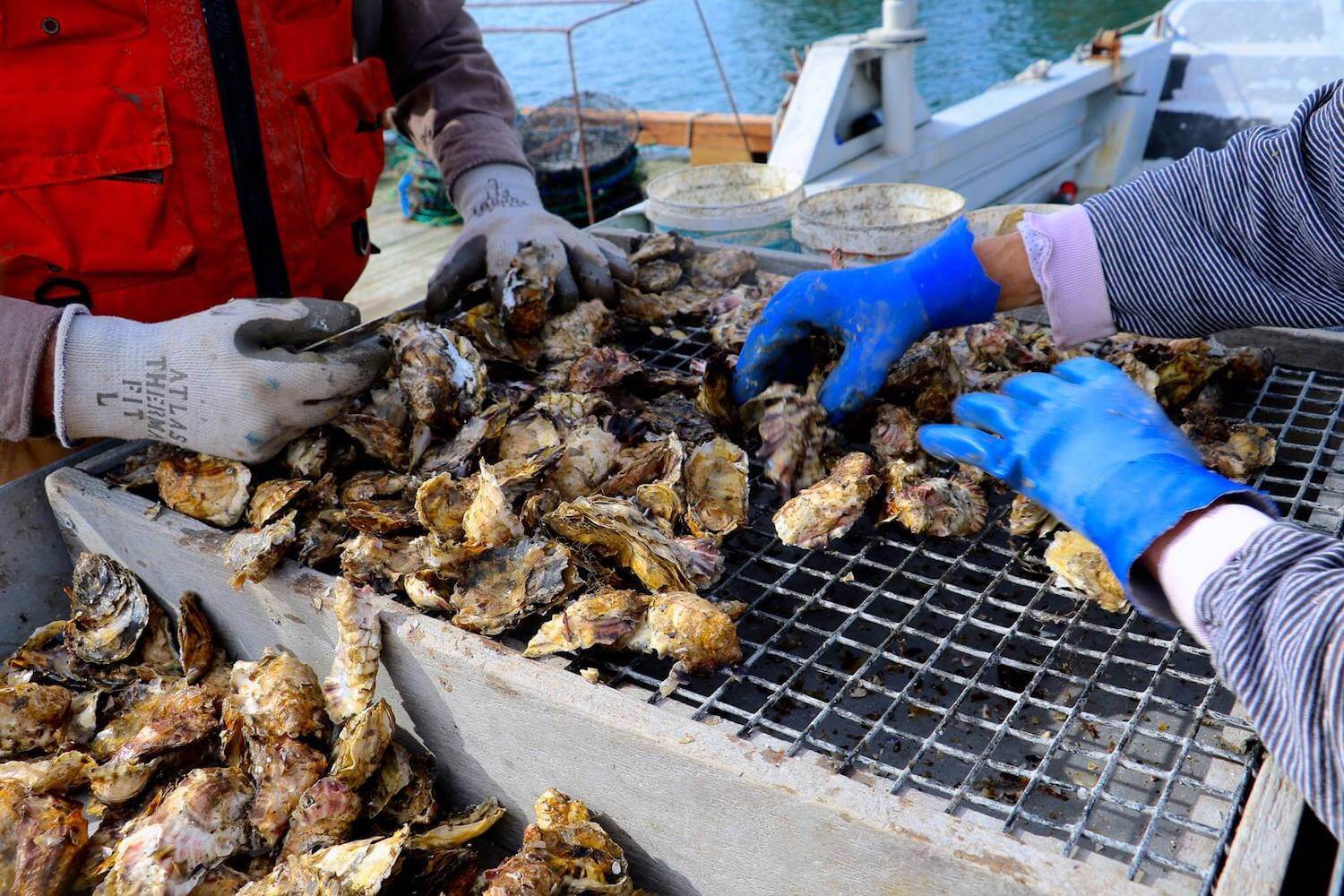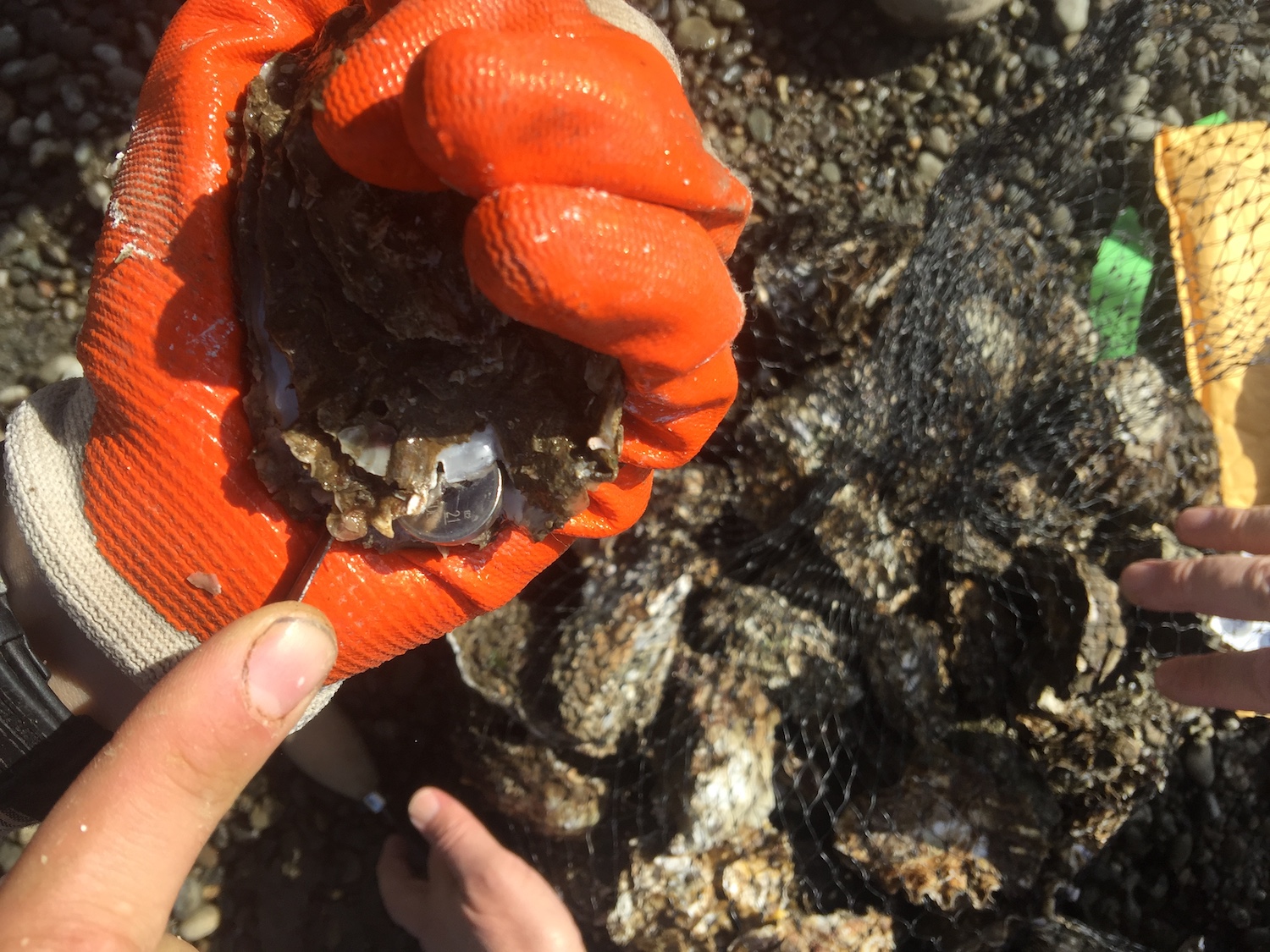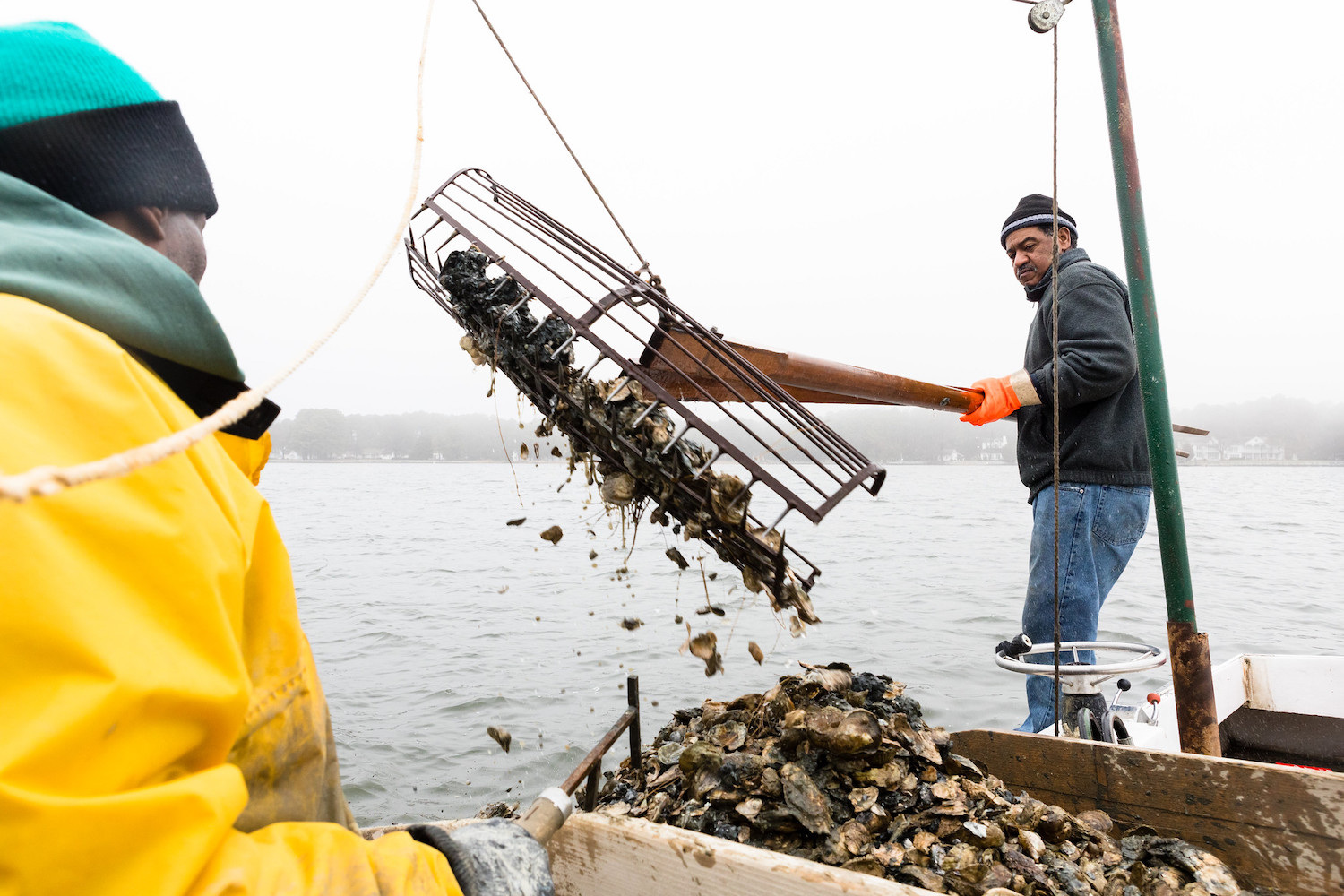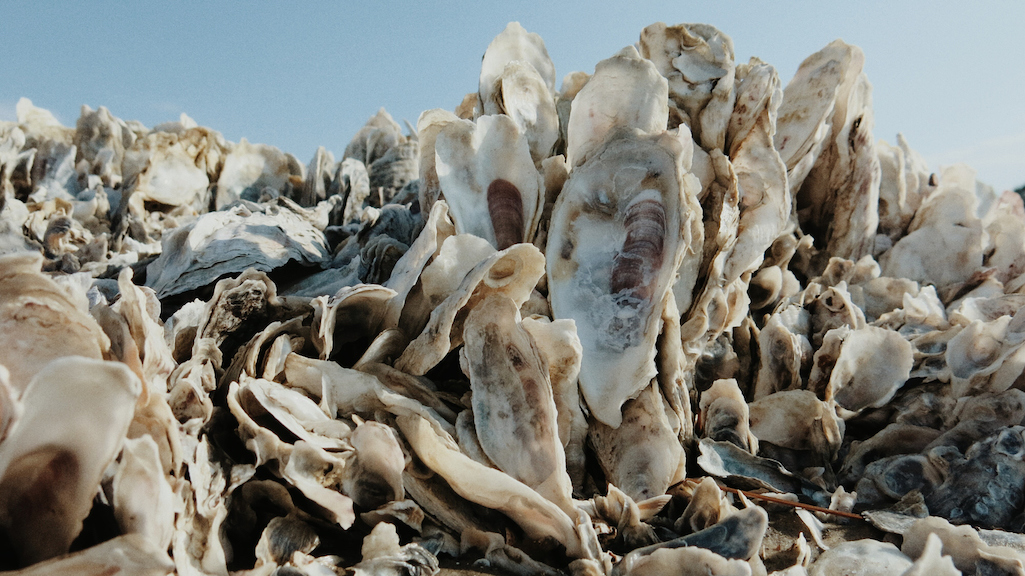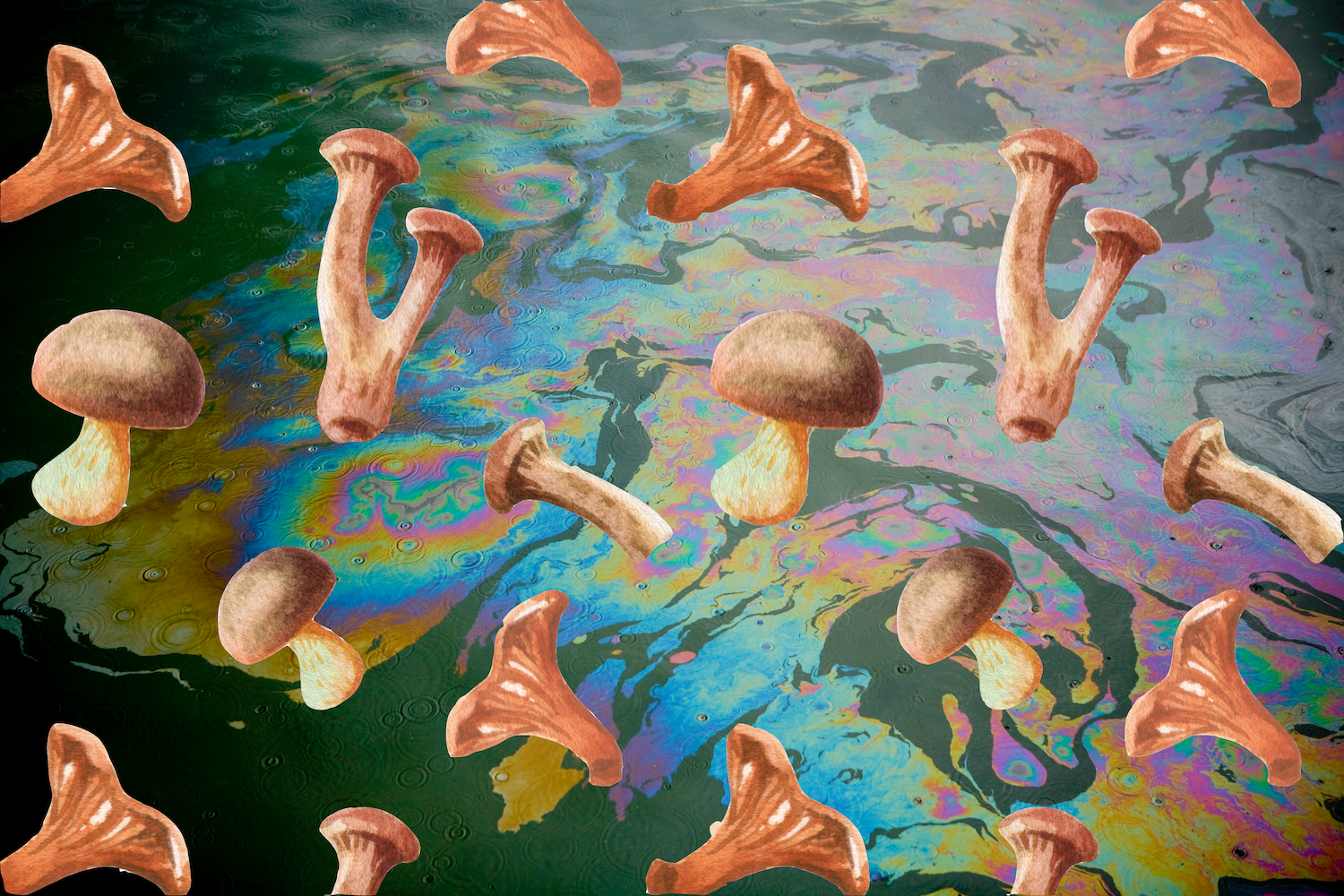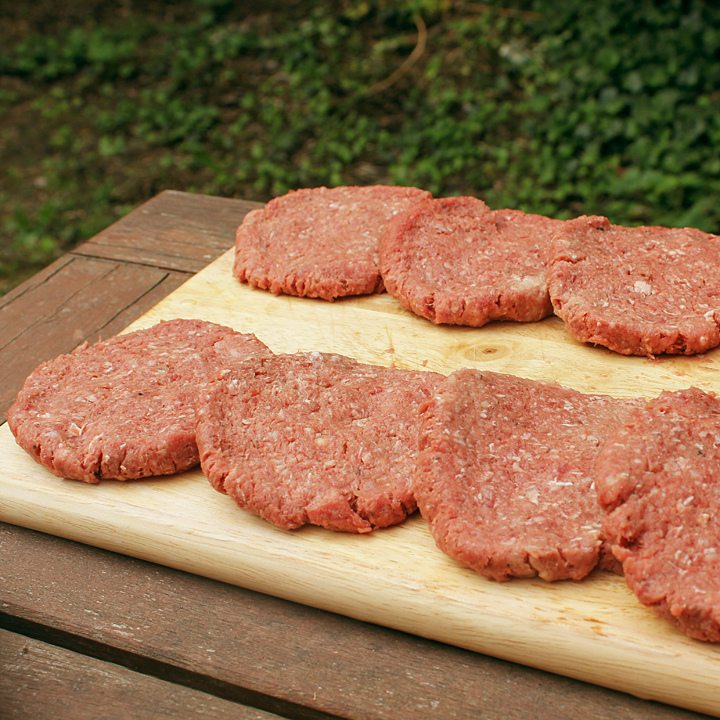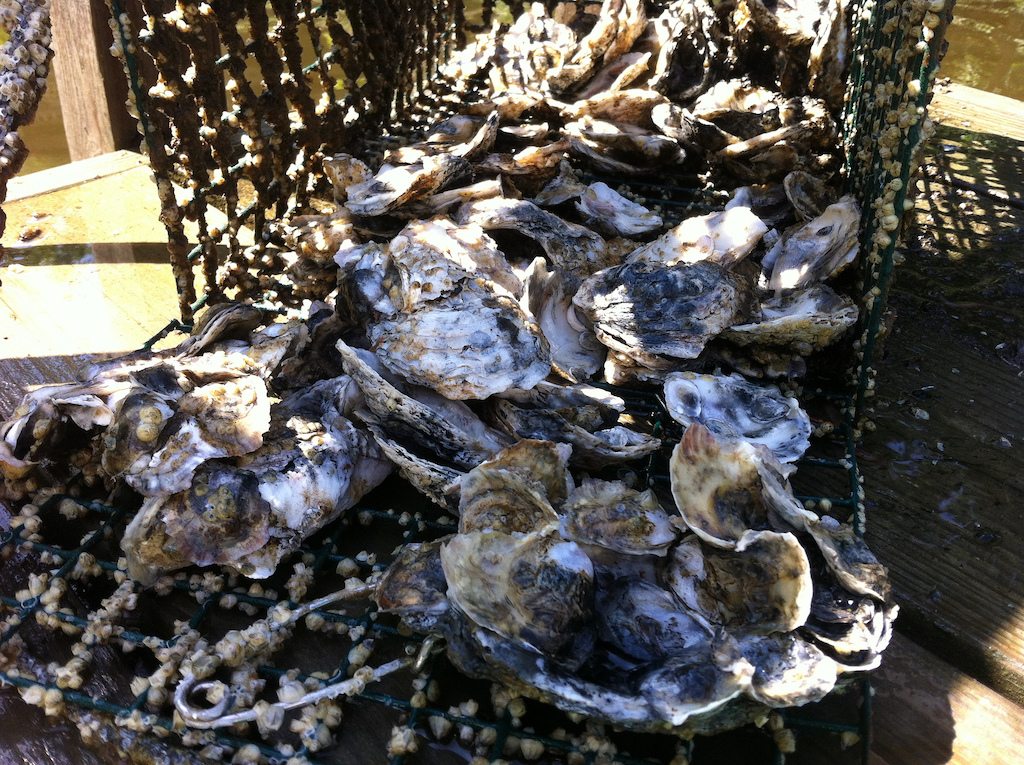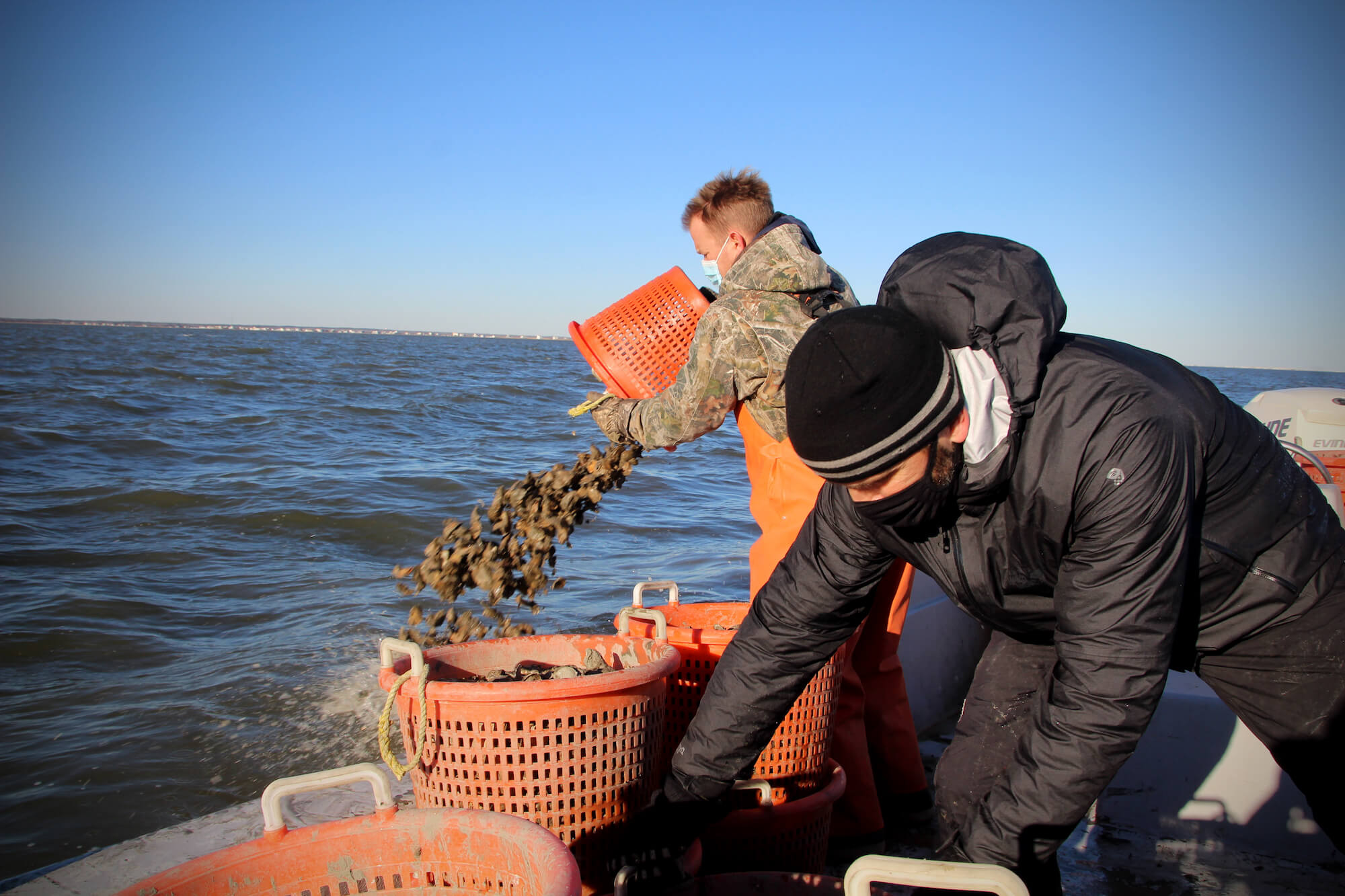
Lela Nargi
A 7-state buyback program is bringing relief to the Covid-crushed oyster industry.
Pictured above: Dale Parsons (left) and Bill Shadel (right) dump oysters purchased by SOAR overboard and onto Tuckerton Reef.
On a recent cold, clear January afternoon, only the occasional customer shuffled in to buy bags of mollusks from Parson’s Seafood, along New Jersey’s southern coast. The place belongs to fifth-generation shop owner Dale Parsons, one of 15 or so dedicated commercial shellfish farmers in the region. Most of them are “hurting bad,” he said, since the pandemic shuttered the buck-a-shuck eateries and raw bars that purchase the bulk of their lumpy, thick-shelled product.
Outside and down the pier, Parsons loaded 10,000 or so muddy oysters in plastic bushel baskets into his skiff, and another 10,000-plus in a second boat helmed by his employees. Under waxy blue skies, they nosed out into Tuckerton Creek, motoring around a raft of mallards diving in marsh grass, past tight clusters of shuttered summer homes built on stilts, and out into the dazzling sun reflecting off lower Barnegat Bay. The plan was to dump both loads overboard.
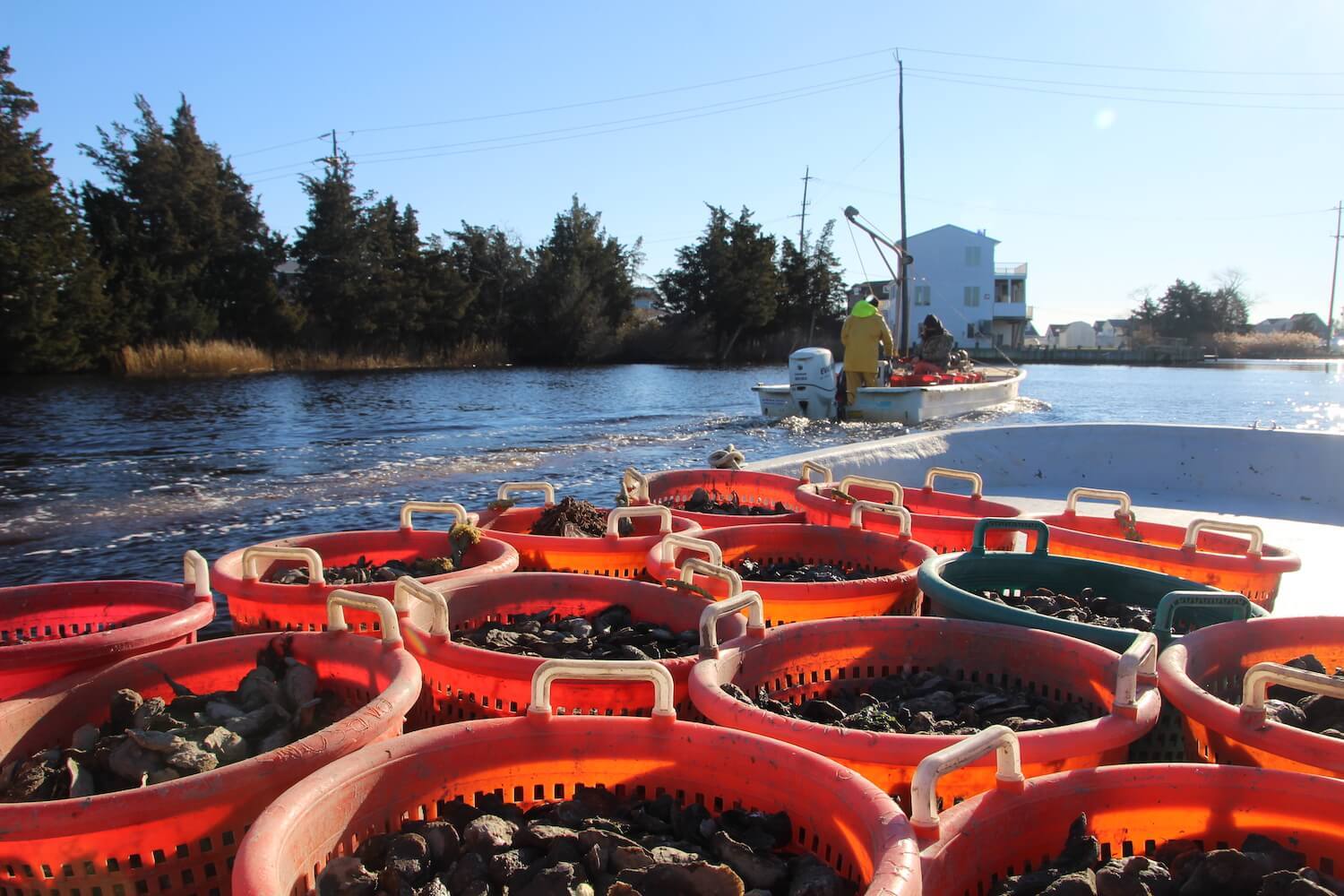
10,000 muddy oysters loaded up in Dale Parsons’ skiff.
Lela Nargi
The dumping, though, would serve a purpose. Parsons’ oysters had been purchased by the Supporting Oyster Aquaculture and Restoration initiative (SOAR), a seven-state program co-coordinated by the Pew Charitable Trusts and The Nature Conservancy, in partnership with various state agencies, NGOs, and universities.
At the end of its first phase, begun last October and slated to wrap up later this year, SOAR will have spent $2 million on 5 million oysters from 100 oyster farms in New Jersey, Maryland, New York, Massachusetts, New Hampshire, Maine, and Washington state. The purpose, from SOAR’s perspective, is to bulk up 20 reef restoration projects and hopefully push some of them into “exponential growth phase,” where they rapidly create habitat for more oysters and other marine species, clean the water, and mitigate coastal flooding.
But for the oystermen, SOAR is also helping salvage an unusually rotten year for their industry.
Left holding the (oyster) bag
Figuring out the exact impact of Covid on the U.S. oyster business is tricky. That’s because there’s no good census of oyster aquaculturists, who “farm” the mollusks in floating cages out in open water. They often do this job as a side hustle to something else, like raising clams; educated estimates, though, put them at about one thousand across the country. Among aquaculture businesses generally—which include oyster farms—74 percent experienced a decline in sales in 2020’s second quarter; for 39 percent of them, that loss was more than $100,000, according to a report by Virginia Tech.
A rough estimate from state agencies numbers New Jersey’s oyster farms at around 35, split between the Delaware Bayshore—where there are also some (carefully managed) populations of wild oysters—and the Atlantic coast. Parsons farms the latter, where very few wild oysters have been recorded since they were cyclically wiped out by disease and overharvesting starting in the late 19th century. Starting this past fall, with money from an anonymous donor, SOAR bought 610,000 farmed oysters from 20 growers in both regions.
[Subscribe to our 2x-weekly newsletter and never miss a story.]
Farmers need two years to grow an oyster to a size appropriate for the half-shell market, which favors a more uniform appearance over “ugly” wild oysters that grow into weird shapes, cling to each other in impossible-to-shuck clumps, and are usually covered in barnacles. At three inches they “might be considered overgrown and sent to landfills,” said Pew’s Aaron Kornbluth, one of SOAR’s national program co-leads. Revenue loss is absolute—“Not to mention the man-hours involved in taking care of the oysters,” said Emily Dougan, co-owner of G.E.I. Oyster Farm in Somers Point, New Jersey, on the Atlantic coast.
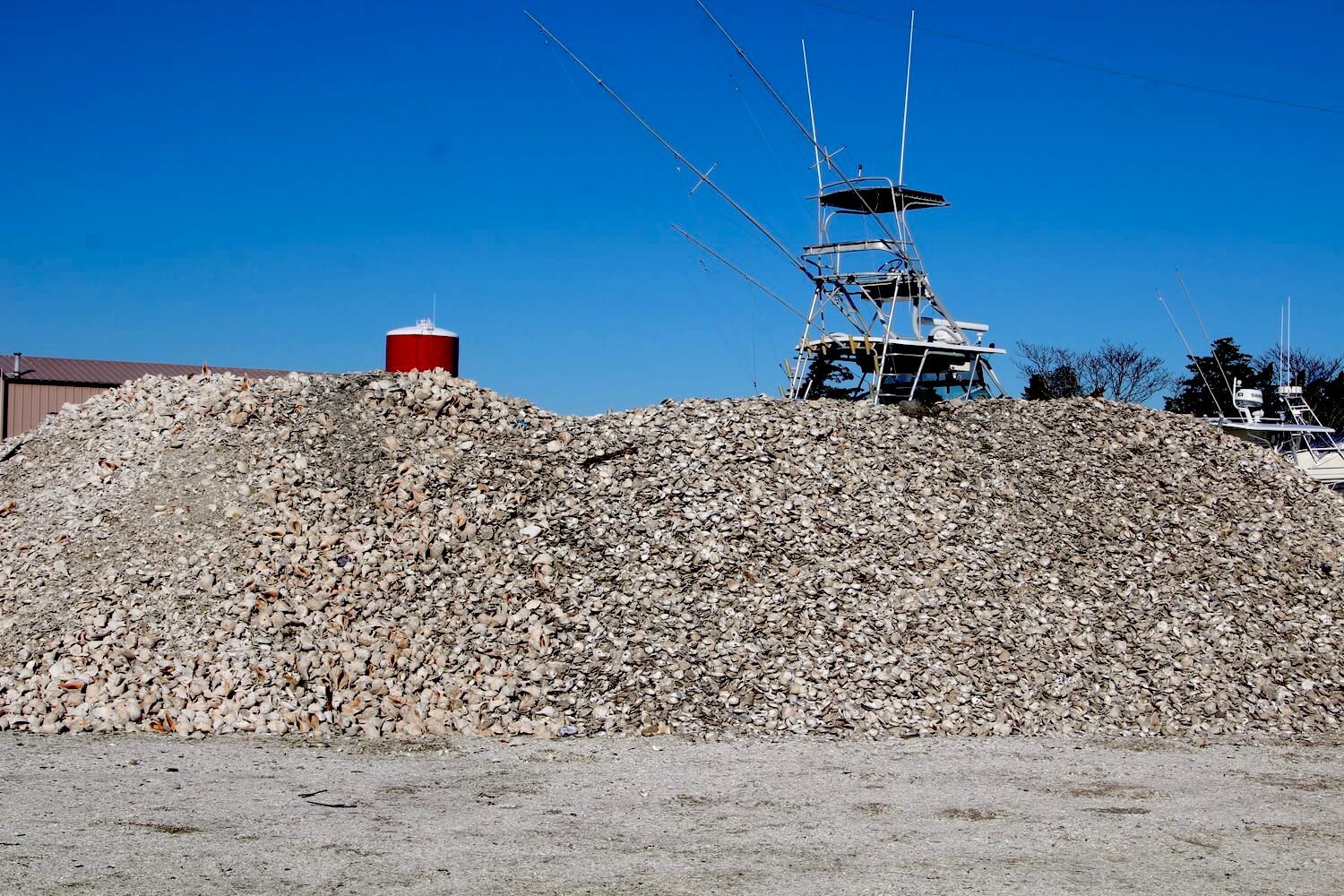
Oyster reef restoration usually depends on shells for creating structure. Here, Dale Parsons cures surf clam shells in advance of taking them out to Tuckerton Reef.
Lela Nargi
“You can’t donate them to a food pantry,” Parsons pointed out. And leaving oysters in cages to wait out the next season isn’t an option, either, because oysters have to be moved to new cages as they grow and take up more room, “and you have to keep touching them, and every time you pull them up it costs money,” said Barney Hollinger, special projects manager for Atlantic Cape Fisheries, which owns Delaware Bay-based Cape May Salt Oyster Farms. You’ve also got to thin them out, said Parsons, “or you end up with a mess.”
The only other option is usually to sell oysters to a shucking house, where they’re cracked open, canned, and sent to market. Hollinger said his company sold some product to shucking houses at the very beginning of the pandemic, when things were “pretty bad.” In normal times, he said a shucking house pays around 30 cents per oyster, versus up to 60 cents on the wholesale market. It’s not a total loss, but it’s not great, either. Shucked oysters get packed into shelf-stable “gallon or quart or pint jars that a lot of fire companies buy for fried oyster and ham dinners, and restaurants buy them for soups,” Hollinger said.
Needless to say, when SOAR came along, offering New Jersey farmers 48 cents per oyster—a number that varied by state—it “made a big difference,” Hollinger said. Cape May sold 76,000 oysters to SOAR for more than $36,000—they went to a reef in the Maurice River. That “helped pay somebody’s salary for a year or paid the electric.” NOAA, through a program called Sea Grant, during the pandemic bought back oysters from 16 Jersey farms, too, including Cape May; they paid 65 cents per oyster, also with the aim of reef restoration.
G.E.I. only sold 2,000 oysters to SOAR, earning them less than $1,000. But that worked out fine for the small company that started in 2019 with the intention of growing slow. Dougan is a full-time high school physics teacher, whose father/business partner is a high school chemistry teacher and whose other partner works in construction; they all had income to sustain them through their company’s unexpectedly challenging start.

Bill Shadel, TNC’s New Jersey Coastal Project Manager, counts and measures oysters before they’re transported to the reef. This way, SOAR knows how much to pay Parsons, and scientists monitoring the reef can keep track of its growing mass.
Lela Nargi
Throughout the summer they also managed to sell 60 percent of their harvest to re-opened restaurants in Atlantic City and other shore towns. But the SOAR money “was a nice relief, and we got to move some oysters off to a good home,” Dougan said. Reef restorations are typically achieved with empty oyster and other shells, set along a water bottom and seeded with larvae called spat. These projects do “good” by rebuilding reefs that once upon a time thrived naturally on their own and provided ecosystem functions like reducing storm surge and flooding.
Parsons sold this day’s 20,000 oysters to SOAR. For him, the money wasn’t the whole point—even though he’d wholesaled and retailed only a quarter of the oysters he raised last summer. He has a broader interest in the program. Tuckerton Reef, which was one of two destinations for the oysters SOAR sourced from Jersey’s Atlantic coast, was established in 2016—in part by Parsons. Working with the Marine Field Station at Stockton University in Galloway, two acres of what was once a 20-acre reef have been restored to date. Data shows that some wild oysters are starting to set here—enough to be “promising,” say researchers at the university. Oysters from SOAR added half an acre, and the project is on track to reach four acres in coming months.
Bulking up reef
A pre-existing monitoring program such as Stockton’s was requisite for the reef projects that SOAR connected with. “We need science partners who are looking at rates of survival, because we want to know the biological impact with as much certainty as possible,” said Pew’s Kornbluth.
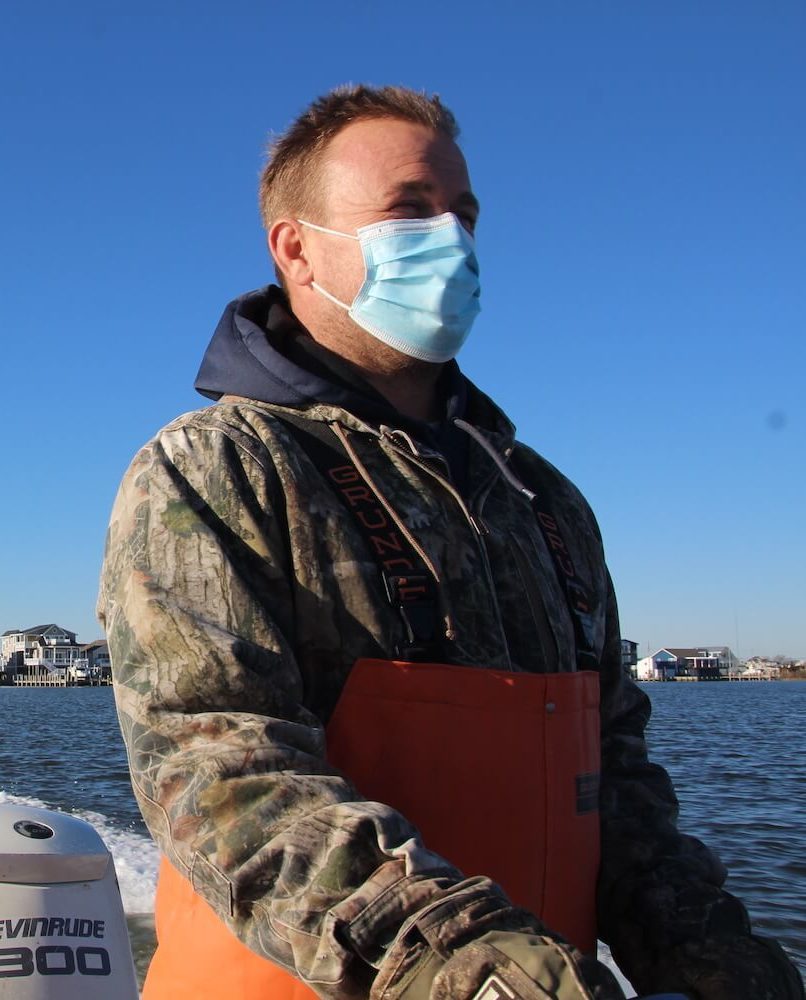
Lela Nargi
Dale Parsons en route to Tuckerton Reef to dump oysters.
This is particularly important because large, live oysters don’t get used much in restorations; it’s usually just those shells, and spat, and a hope that the reef will start to grow and reproduce on its own eventually. No one is sure what the outcome of this change in materials will be. Will grown oysters prove more resilient, and more productive, than spat, for example? That’s part of what researchers aim to confirm.
While data is collected, SOAR is getting ready to launch phase two of its program, which will pump an additional $1 million into figuring out how to foster more interactions between restorations and industry, with a goal, according to Pew’s website, of paving the way “for a viable and sustainable U.S. shellfish industry that benefits the ocean and the communities which rely upon it.” Up until now, Kornbluth said, “Oyster restoration has been largely left to practitioners in NGOs and government and academia, and the industry has had no opportunity to engage in the process.” But since instituting its buyback, SOAR has been approached by restorationists and farmers in California, Delaware, Florida, North Carolina, and Virginia, all expressing a desire for SOAR-like collaborations in the future.
Long-term goals
After speeding across the bay for 15 frigid minutes, Parsons pulled up alongside several PVS stakes sticking out of the chop. Beneath and between them lies Tuckerton Reef. He cut the motor and started heaving oysters. It didn’t take long. In 10 minutes, 20,000 oysters had disappeared into the dark water.
Parsons really wants to get oysters spawning here on the reef. Yes, the ecological benefits would be terrific, but a self-sustaining reef could also mean that one day, he and other oystermen might be able to harvest it. “If we can grow things the way Mother Nature intended, that’s the most exciting part of the whole gig,” he said. “That will benefit shell fishermen in the area for the long term.” In the meantime, the now-invisible oysters were floating their way to the bottom of the Bay—and an uncertain but hopeful future.

